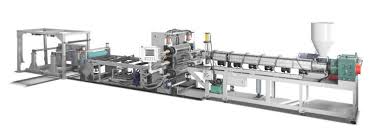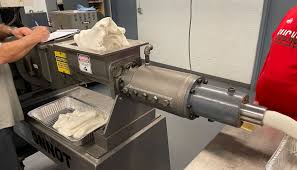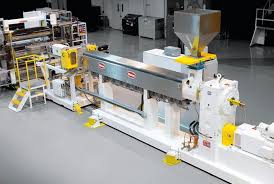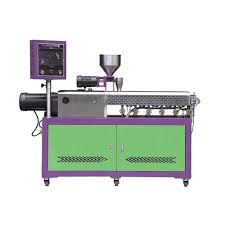A plastic granulation line is a vital piece of equipment in the plastic recycling and manufacturing industry. Designed to convert waste plastic into uniform plastic granules or pellets, this system enables manufacturers to reuse material efficiently, reduce costs, and promote environmental sustainability. Whether you're in packaging, automotive, or general plastics production, a reliable granulation line is essential for closing the loop in the plastic life cycle.
What Is a Plastic Granulation Line?
A plastic granulation line is a fully integrated production system that includes several machines working together to transform scrap plastic into reusable granules. The line typically consists of:
Conveyor or Feeder: Transports plastic waste into the system.
Shredder or Crusher: Breaks down large plastic items into smaller flakes.
Washing System (optional): Cleans the plastic to remove dirt, labels, and residues.
Extruder: Melts the plastic and pushes it through a die to form strands.
Cooling Tank: Cools the hot plastic strands.
Pelletizer (Granulator): Cuts the cooled plastic strands into uniform pellets or granules.
Dryer and Storage: Removes moisture and stores the final product.
Applications
A plastic granulation line can handle a variety of plastic materials, including:
LDPE and HDPE: Commonly used in film, bags, and containers.
PP (Polypropylene): Used in woven bags, car parts, and packaging.
PET: Found in water bottles and food containers.
ABS, PS, and other engineering plastics: Used in electronics and automotive parts.
These granules can then be used in injection molding, extrusion, or blow molding processes to create new plastic products.
Key Benefits
Cost Savings: Reusing scrap plastic reduces raw material costs significantly.
Environmental Impact: A granulation line supports a circular economy by minimizing plastic waste and promoting recycling.
Consistent Output: Produces uniform granules ideal for high-quality manufacturing.
Customizable Design: Lines can be tailored to specific plastic types, output capacities, and purity requirements.
Choosing the Right Granulation Line
When selecting a plastic granulation line, consider the following factors:
Material Type: Different plastics have different melting points and processing requirements.
Capacity Needs: From 100 kg/h to over 1,000 kg/h, capacity depends on your production scale.
Automation Level: Fully automated systems offer better consistency and lower labor costs.
Energy Efficiency: Look for lines with optimized heating and motor systems to reduce operational expenses.
Conclusion
A plastic granulation line is more than just a recycling tool—it’s an investment in sustainability, productivity, and profitability. As global demand for recycled plastic rises, businesses that adopt efficient granulation systems position themselves ahead of the curve.






